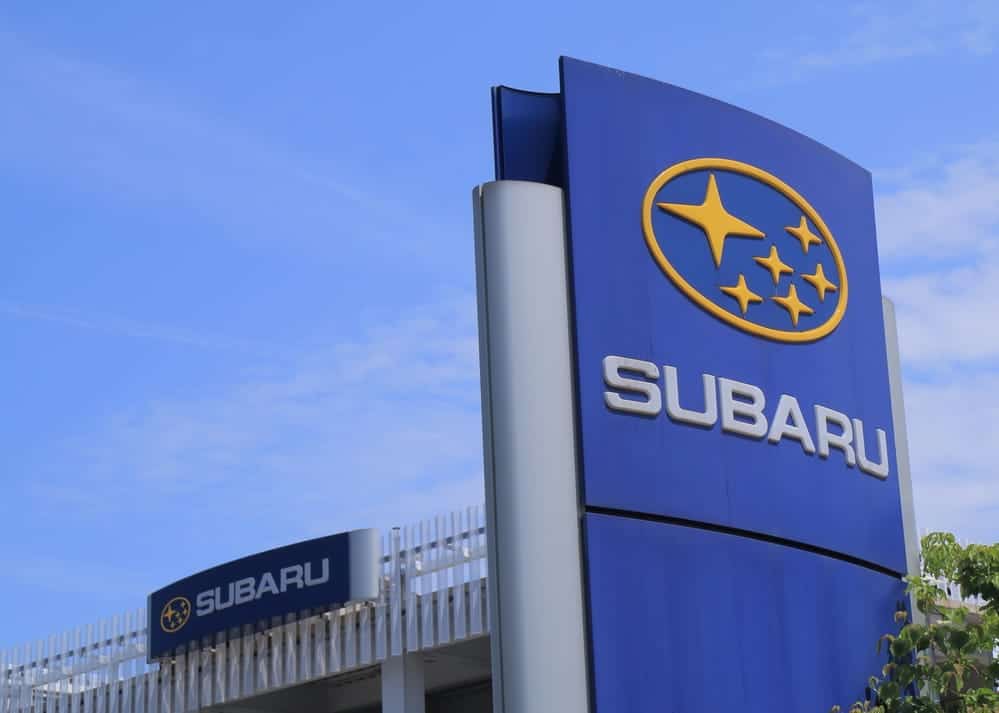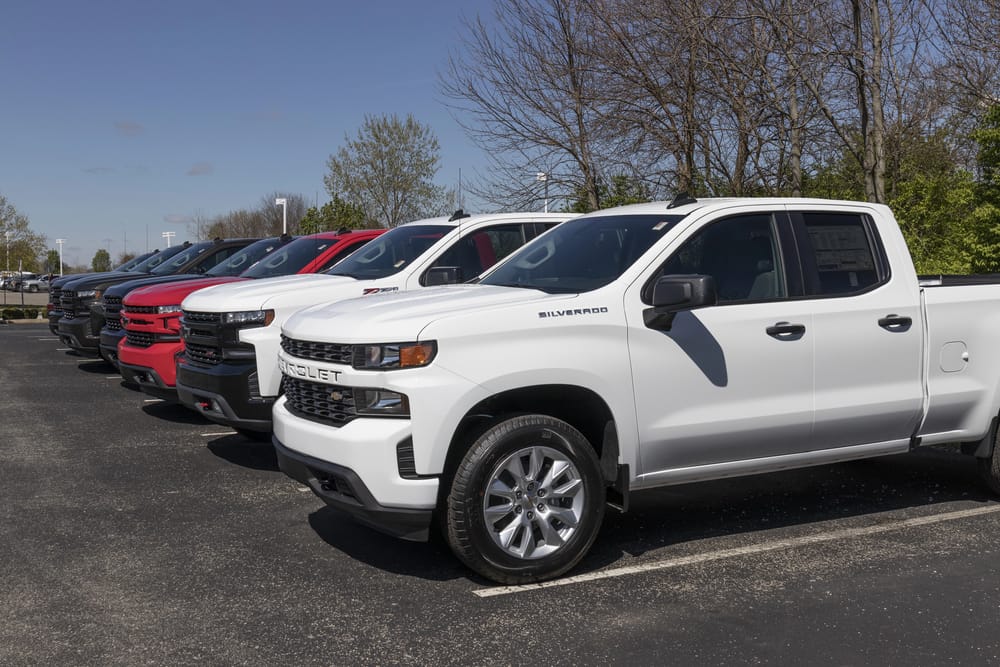Subaru has built a reputation for producing reliable vehicles; however, some models have faced battery issues that have frustrated vehicle owners. These problems range from draining batteries to failure to hold a charge, leading to inconvenience and unexpected repair costs.
Subaru models such as the Outback, Forester, Ascent, Legacy, and WRX have experienced battery problems in recent years. While some issues can be attributed to undersized batteries that get depleted prematurely, others may involve faulty charging systems. Subaru has acknowledged these concerns, and these battery problems have led to lawsuits and settlements to address the issue.
By understanding the common battery issues that can arise in Subaru vehicles, owners and potential buyers can make informed decisions and take the necessary steps to resolve or prevent such problems. In addition, staying informed and proactively dealing with these challenges ensures a positive ownership experience.
Common Subaru Battery Problems
Premature Battery Failure
Subaru models, such as the Outback, Forester, and Ascent, have been known to experience premature battery failure. This can lead to a dead battery, leaving drivers stranded and needing a battery replacement sooner than expected. In addition, some Subaru Legacy and WRX owners have reported similar battery failure issues.
Battery Drain
Battery drain is another common issue in Subaru vehicles, particularly in the 2016-2020 Outback and 2019-2020 Ascent models. This problem may be caused by:
- A bad alternator
- A dead battery
- Parasitic drain
Drivers experiencing battery-draining issues must address the problem promptly to avoid being stranded and ensure their vehicle remains in working order.
Defective Electrical Systems
Defects in Subaru’s electrical systems can also contribute to battery problems. For example, the lawsuit filed in April 2020 alleged that the 2016-2019 Subaru Outback wagon and Ascent 3-Row SUV models were equipped with batteries that drain and die due to defective electrical systems. This issue led to partially dismissed lawsuits against the automaker in May 2021.
These common Subaru battery problems can cause inconvenience for owners, and they must be aware of the issues and take the necessary steps to address them.
Subaru Models Affected
Several Subaru models have been reported to experience battery problems in recent years. The battery drain issues primarily affect the following vehicles:
- 2015-2023 Subaru Outback
- 2015-2023 Subaru Legacy
- Subaru Forester
- Subaru Ascent
- Subaru WRX
The Subaru Outback and Legacy models equipped with 2.5-liter engines are the most affected, with cases of premature dead batteries due to parasitic draw from various electronic components in these cars. Battery drain issues have led to customer complaints, particularly for the 2018 Subaru Outback, with an average mileage of 16,750 miles when problems arise and an average repair cost of $160.
The electrical system in these Subaru vehicles, particularly the Controller Area Network (CAN) system, allegedly suffers from continuous parasitic drains. This occurs when the system fails to enter sleep mode when the vehicle is turned off, leading to battery drain concerns.
The Subaru Forester, Ascent, and WRX models have also faced battery problems, according to a lawsuit filed against Subaru of America (SOA). In addition to the one filed for Outback and Legacy models, this lawsuit sheds light on the battery drain issue that has affected multiple Subaru models in recent years.

Lawsuits and Settlements
Class Action Lawsuit
Subaru of America faced a class action lawsuit due to defective electrical systems in certain Subaru models, leading to battery failure and stranding some owners. The class action lawsuit began in 2020 and encompassed several models, including the 2015-2020 Subaru Outback, 2015-2020 Forester, 2015-2020 Legacy, 2015-2020 WRX, and 2019-2020 Ascent vehicles. The case, In re Subaru Battery Drain Products Liability Litigation, No. 1:20-cv-03095-JHR-MJS, was eventually settled in the U.S. District Court.
Subaru Battery Settlement Website
Offical Subaru battery settlement website: www.subarubatterysettlement.com
As a result of the settlement, Subaru of America agreed to offer an extended warranty and cash reimbursements to affected owners up to a total settlement amount of around $6.25 million. Information about the settlement can be found on the Subaru Battery Settlement website, which outlines the terms, conditions, and eligibility criteria for affected owners to receive reimbursements and warranty extensions.
Claim Forms
To claim benefits under the Subaru Battery Settlement, owners must fill out a claim form and provide supporting documentation such as repair invoices or proof of expenses. These forms are available on the settlement website and must be submitted before the deadline to qualify for potential benefits. In some cases, owners may be eligible for reimbursement of up to $130 for battery-related expenses or towing services incurred due to the battery failure issue.
The settlement aims to address and resolve ongoing concerns about battery problems in the affected Subaru models, providing support and compensation for owners who have experienced these issues.
Comparisons with Competitors
In the automotive industry, it is essential to compare Subaru’s battery problems with its competitors, notably Honda, another well-renowned Japanese automaker. This comparison provides insights into the quality of their respective electrical systems and the impact on the overall reputation of each brand.
Honda has a long-standing history in the automotive industry and is known for producing high-quality vehicles. Generally, Honda vehicles have fewer reported battery problems than Subaru, particularly the Outback, Forester, and Ascent models. However, these Subaru models have faced multiple class-action lawsuits due to battery-draining issues, as evidenced by the search results provided.
In comparison, Honda’s vehicles have a more reliable reputation regarding battery life and performance. However, it is worth noting that no automaker is immune to potential defects in their cars, and Honda owners can still encounter battery problems.
Some factors that may contribute to differences in the prevalence of battery problems between these two Japanese automakers include:
- Engineering and design approach: Differences in the engineering approach and design of electrical systems may result in varying battery performance and longevity levels.
- Quality of components: The quality of components, such as the batteries and alternators used in the manufacturing of the vehicles, can impact their resilience to issues like parasitic drains.
- Maintenance practices: The prescribed maintenance practices for each brand’s vehicles may also impact the battery life and performance.
Potential car buyers must consider these differences when researching and selecting a vehicle. Thorough research, understanding the common issues specific models face, and assessing each brand’s overall quality and reputation can help buyers make informed decisions when choosing a car from a Japanese automaker such as Honda or Subaru.
Important Resources and Contacts
Subaru has experienced battery issues with some Outback, Forester, and Ascent SUV models. This section provides essential resources and contacts to help affected Subaru owners.
- Extended Warranty Service: Subaru offers a 3-year/36,000-mile Limited Warranty covering various aspects of the vehicle, including the battery. Don’t hesitate to contact your Subaru retailer to check the warranty status or any available extensions.
- Important Document Page: For reliable information and documentation about the Subaru Battery Settlement case, visit the official Subaru Battery Settlement website. This site will provide all necessary information about the lawsuit and guide you on filing a claim if you are eligible for compensation.
- Subaru Page: Subaru’s official customer support page is an essential resource for vehicle owners. It provides information on roadside assistance, owner’s resources, and warranty coverage. Contact Subaru at 1-800-261-2155 if you need assistance.
- Subaru Report: For updates and news about Subaru vehicles, you can rely on the Subaru Report, which covers various aspects like vehicle launches, technological advancements, and reliability updates.
In summary, when dealing with battery problems in Subaru vehicles, it is important to leverage these resources and contacts to stay informed and receive the necessary support.
Tips and Prevention
Interior Lights
One common cause of battery drain in Subaru vehicles is inadvertently leaving interior lights on. To prevent this, set your interior lights to the “door” or “off” position, which will automatically turn them off when the vehicle is locked or shut off. Regularly check your vehicle’s interior before exiting to ensure all lights are turned off.
Proper Battery Maintenance
To prevent premature battery issues, perform regular battery maintenance, which includes:
- Keeping battery terminals clean and free of corrosion
- Ensuring the battery is securely fastened in its tray
- Checking for proper battery voltage (should be around 12.6 volts for a fully charged battery)
- Testing the alternator’s charging output (should be between 13.5 and 14.5 volts)
Regularly maintaining your battery can extend its lifespan and prevent unexpected problems.
Pay Attention to Driving Habits
Frequent short trips can cause battery drain due to insufficient charging time for the battery. To mitigate this issue, combine short or longer trips periodically to help maintain the battery’s charge.
Monitor Electrical Components
Keep an eye on your vehicle’s electrical components, such as the audio system or aftermarket accessories, as they may contribute to battery drain. Disconnect any unnecessary electrical devices when not in use and consult a professional if you notice abnormal behavior in your vehicle’s electrical components.
U.S. District Court for the District of New Jersey
It’s worth noting that Subaru has faced a class-action lawsuit in the U.S. District Court for the District of New Jersey regarding alleged battery drain issues. As a result, the automaker has issued technical service bulletins addressing potential battery discharging in specific models. Stay informed about any developments related to your particular Subaru model and follow recommended service advice to maintain your vehicle’s battery health.
FAQs
Which Subaru models are known to experience battery problems?
The models primarily affected by battery issues include the 2015-2020 Subaru Outback, 2015-2020 Subaru Forester, 2015-2020 Subaru Legacy sedan, and some Subaru Impreza vehicles from 2018 and 2019.
What are the possible reasons for battery problems in Subarus?
Some common causes for battery problems in affected Subarus are parasitic draw from various electronic components, undersized batteries that get depleted prematurely, and charging system faults.
How can I resolve Subaru battery problems?
Upgrading to a larger capacity battery, checking the charging system for proper functioning, and addressing parasitic draws are possible solutions to Subaru battery issues.
Is there a Subaru battery settlement?
There is a settlement for specific Subaru models with battery issues. The affected vehicles in the lawsuit settlement include the 2015-2020 Subaru Outback, the 2015-2020 Subaru Forester, and the 2015-2020 Subaru Legacy sedan.
Will Subaru replace my battery for free?
Eligibility for free battery replacement may depend on the specific circumstances of your vehicle’s battery problems and whether it is included in the settlement above. Check with your local Subaru dealership or the settlement website for further details.
How can I prevent future battery problems in my Subaru?
To help prevent battery issues in the future, consider the following:
- Routinely inspect and clean battery terminals
- Regularly check the battery’s charge and overall condition
- Keep track of your Subaru’s scheduled maintenance/services
- Address any electrical or charging system issues immediately
- Consider installing a battery maintainer if your vehicle is frequently unused for extended periods



